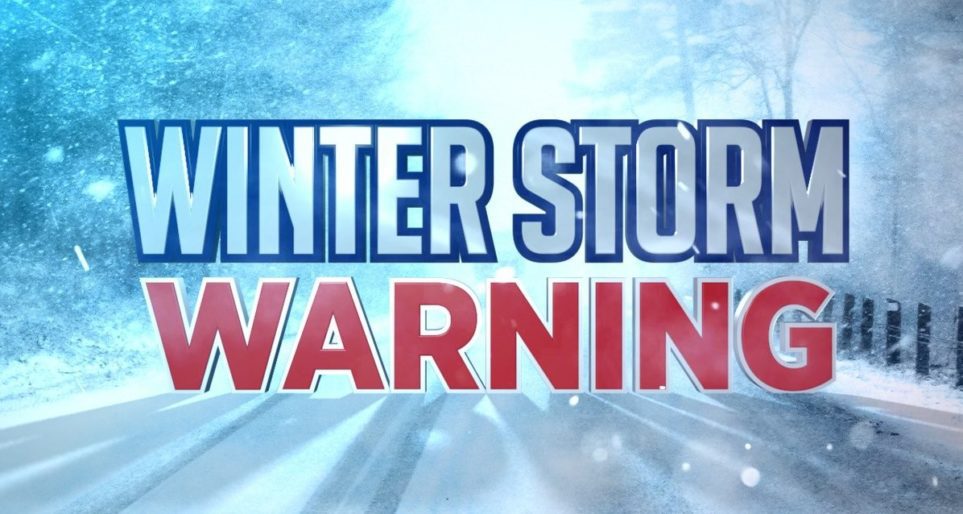
What A Winter Storm Warning And A Winter Weather Advisory Mean
With winter’s icy grip upon us, it’s crucial to understand the different types of winter weather advisories issued by the National Weather Service (NWS). These advisories serve as essential tools to keep the public informed about potential hazards and to help them make informed decisions to stay safe.
Winter Storm Warning
A Winter Storm Warning is the most severe winter weather advisory issued by the NWS. It indicates that heavy snow, ice, sleet, or a combination of these elements is imminent or already occurring. These conditions can create hazardous travel conditions, power outages, and damage to infrastructure.
When a Winter Storm Warning is issued, it’s important to take immediate action to prepare for the storm. Stay informed about the latest weather updates, secure loose outdoor objects, stock up on essential supplies, and have a plan in place in case of a power outage.
Winter Weather Advisory
A Winter Weather Advisory is issued when less severe winter weather conditions are expected. These conditions may include snow, ice, sleet, or a combination of these elements, but they are not expected to be as severe as those covered by a Winter Storm Warning.
Although a Winter Weather Advisory indicates less severe conditions, it’s still important to exercise caution when traveling or engaging in outdoor activities. Reduce your speed on the roads, increase following distances, and be aware of potential icy patches.
Differences Between Winter Storm Warning and Winter Weather Advisory
The primary difference between a Winter Storm Warning and a Winter Weather Advisory lies in the severity of the expected weather conditions. A Winter Storm Warning indicates the potential for significant snow, ice, sleet, or a combination of these elements, while a Winter Weather Advisory is issued when less severe conditions are anticipated.
It’s important to note that Winter Storm Warnings are typically issued when snow accumulations are expected to exceed 6 inches in 12 hours or 8 inches in 24 hours. Winter Weather Advisories are typically issued for snow accumulations of 1 to 3 inches, or when ice or sleet accumulations are expected to be hazardous.
What to Do During a Winter Storm
If you’re caught in a winter storm, it’s crucial to prioritize safety. Stay indoors if possible, and avoid driving unless absolutely necessary. If you must drive, exercise extreme caution and allow ample time to reach your destination. Keep an emergency kit in your car, including items like blankets, snacks, water, and a flashlight.
If you lose power during a winter storm, remain calm and follow these steps:
- Turn off all appliances and electronics to prevent damage when power is restored.
- Keep your refrigerator and freezer closed as much as possible to preserve food.
- Use flashlights or battery-powered lanterns for lighting, and avoid using candles due to the risk of fire.
- Stay informed about weather updates and road conditions, and do not hesitate to seek help if needed.
Conclusion
Winter Storm Warnings and Winter Weather Advisories are invaluable tools for staying informed about potential winter weather hazards and making informed decisions to stay safe. By understanding the differences between these advisories and taking appropriate precautions, individuals can minimize the risks associated with winter storms and ensure their safety.

You may also like
-
Deputies Respond To Active Shooting At Feather River School In Palermo
-
Unbeaten NC State Basketball Squad Sneaks Into One Top 45
-
Trump Picks Billionaire Entrepreneur Jared Isaacman To Head NASA
-
Flawless Real Talk Gets Emotional Performing On My Way
-
Joe Jonas Sent Timothée Chalamet A Selfie Last Year And Hasn't Gotten A Response